The pyramids: More than just tombs, they are the ladder to heaven for ancient Egyptian civilization.
Before going to Egypt, my understanding of the pyramids was the same as most people’s:…
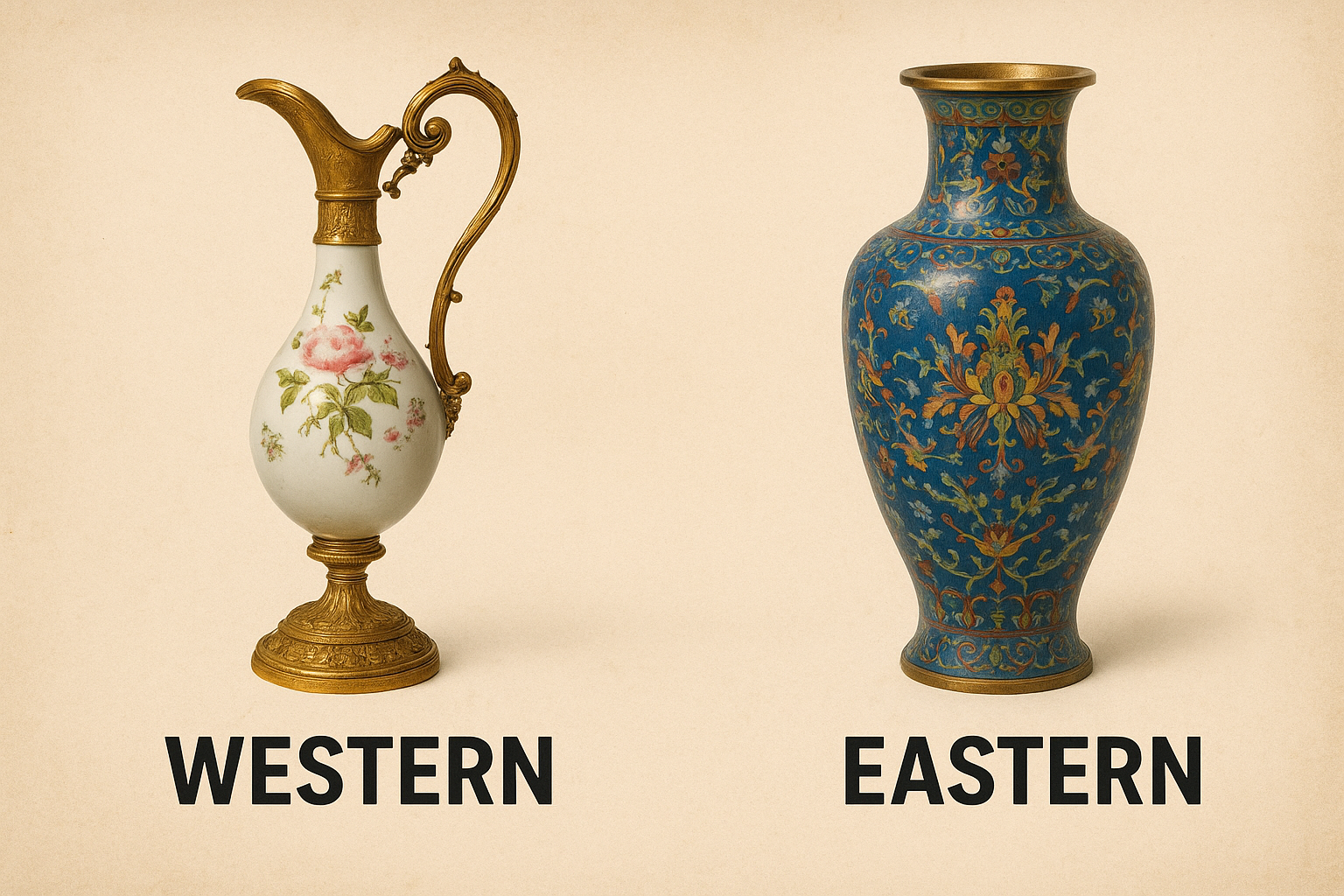
Antiques are the frozen remnants of history and civilization. They bear witness to the rise and fall of civilizations in silence, and carry memories amidst their decay. While both Eastern and Western antiques echo the passage of time, they exhibit distinct qualities due to their diverse cultural backgrounds. Eastern antiques often embody elegance and heritage, emphasizing the harmony between man and nature; Western antiques, on the other hand, tend to embody the weight of power and history, highlighting the human imprint of time and power.
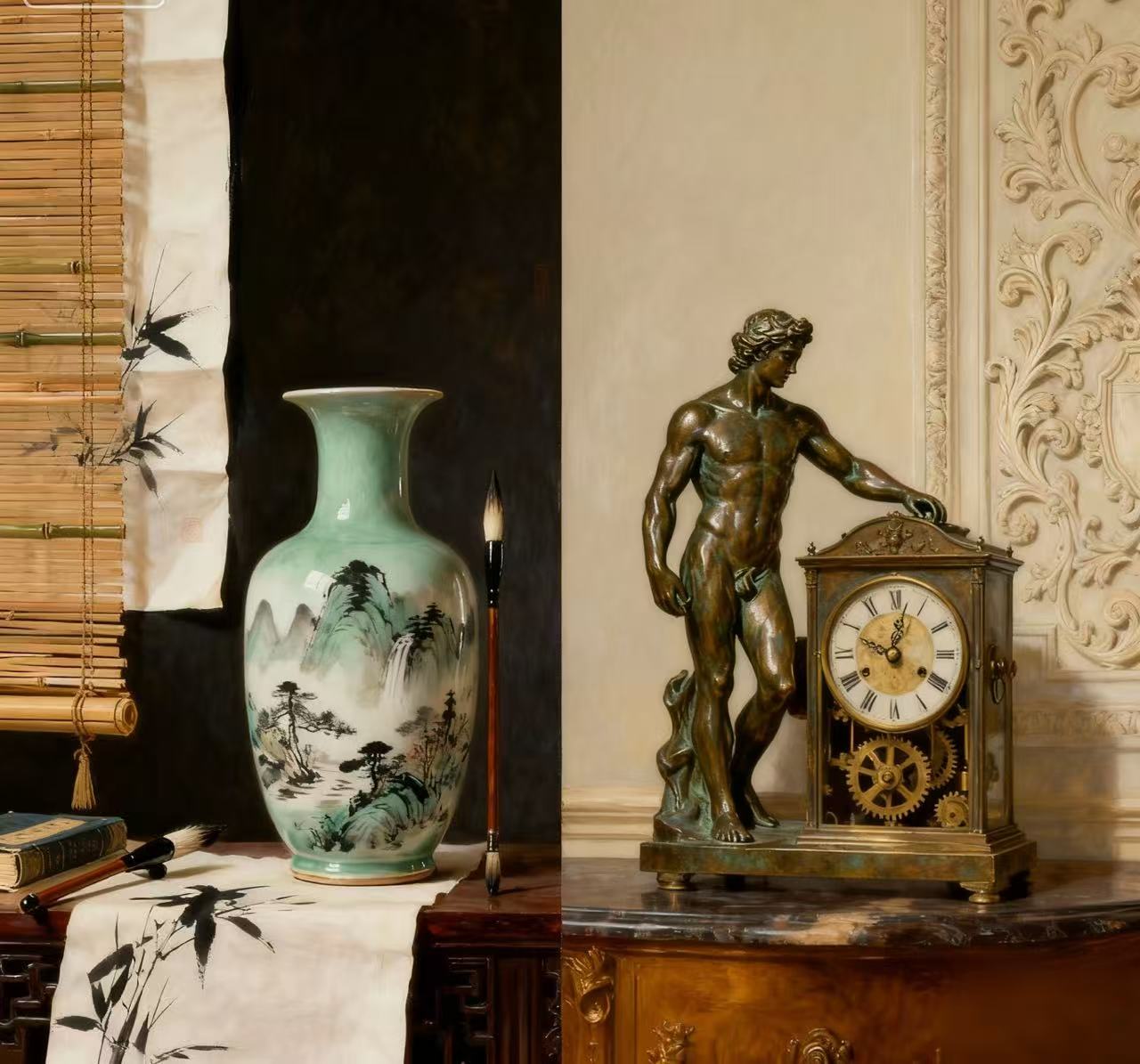
In the East, porcelain is one of the most iconic antiques. The celadon of the Song Dynasty, with its jade-like glaze, is gentle yet unostentatious. The colored porcelain of the Ming and Qing Dynasties, with its intricate patterns and vibrant colors, showcases the pinnacle of craftsmanship. The beauty of porcelain lies not only in the object itself, but also in the philosophy behind it: simplicity, understatement, and the pursuit of harmony between man and nature. It is a utensil of daily life, but also an embodiment of an aesthetic order.
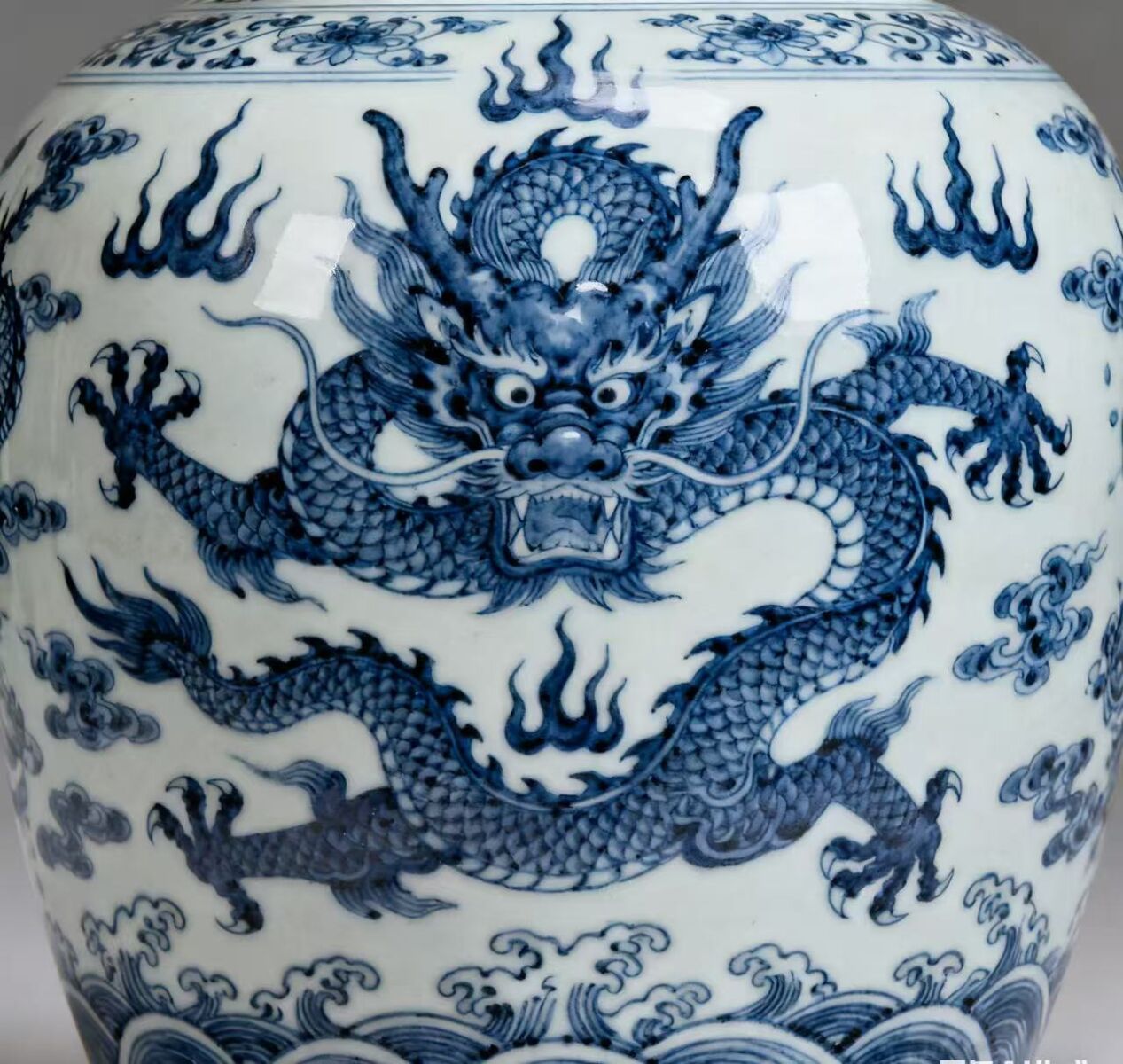
In contrast, Western antique sculptures appear straightforward and powerful. From marble statues of ancient Greek gods to Renaissance human sculptures, Western antiques emphasize strength, proportion, and the perfection of form. They are paeans to the beauty of the human will and body, reflecting the human-centered spiritual tradition of Western civilization.
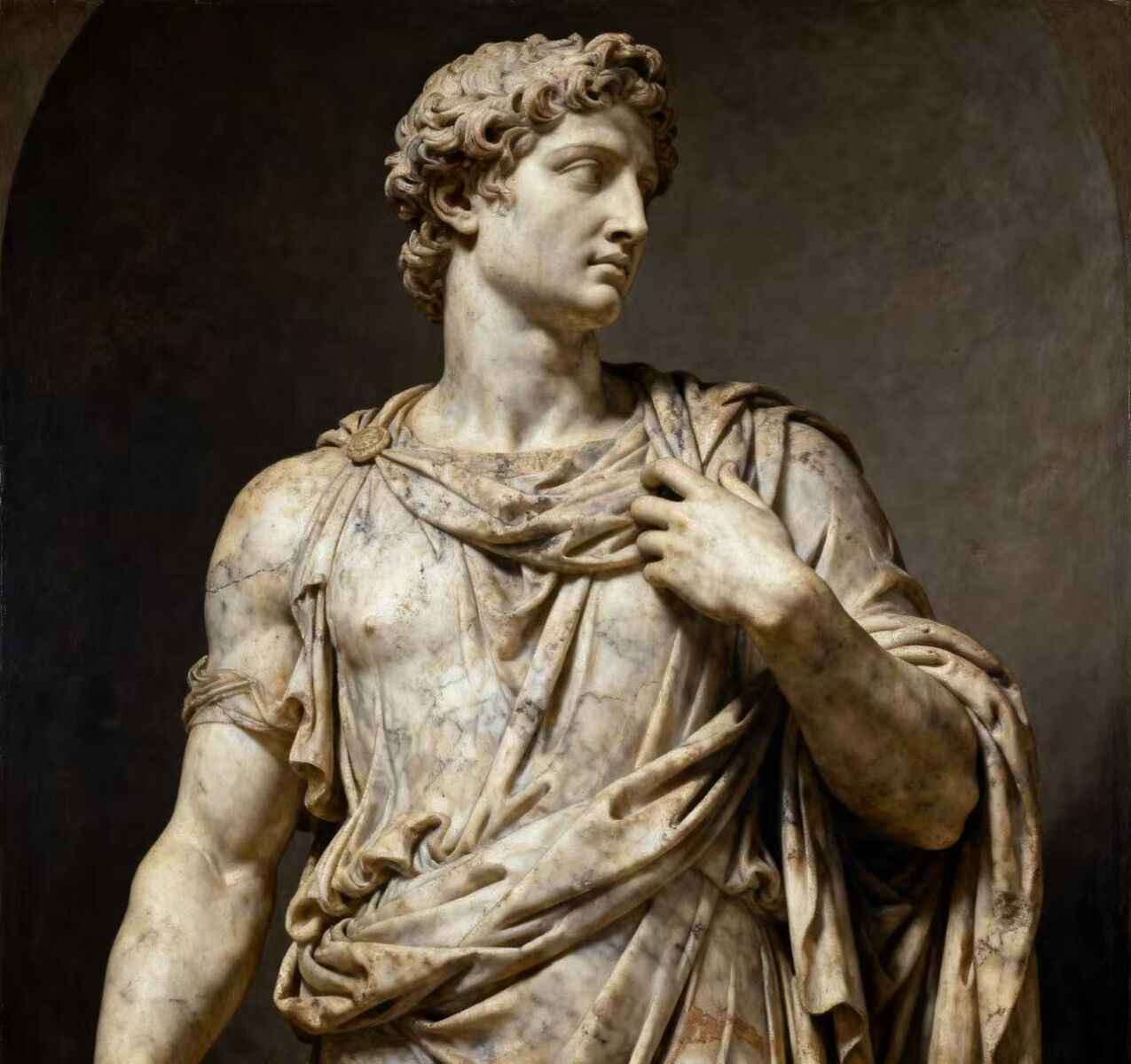
Among Eastern antiques, the Four Treasures of the Study and ancient books hold a prominent place. The stone patterns of inkstones, the fine strokes of brushes, and the calligraphy on handwritten manuscripts are more than just tools; they are extensions of the literati spirit. They represent learning, cultivation, and the legacy passed down from generation to generation. Opening a yellowed ancient book, one encounters not just words but an unbroken thread of thought that stretches back through history.
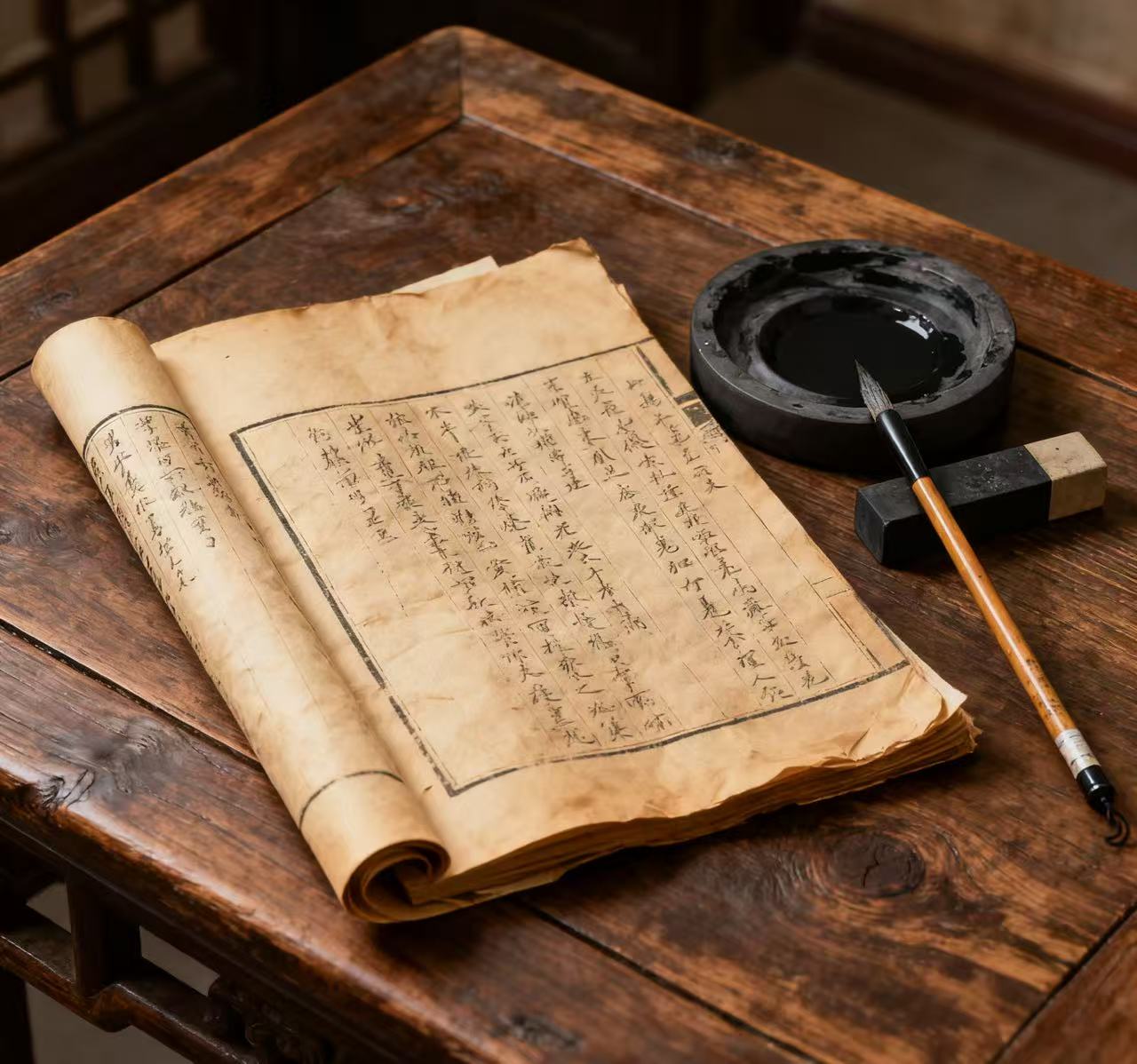
Western antique furniture and clocks embody a different aesthetic. Baroque-style tables and chairs, intricately carved; Victorian-era pocket watches, with their breathtakingly intricate mechanisms. These objects demonstrate the development of craftsmanship and technology, and also symbolize social class and status. Compared to the “simplicity and restraint” of the East, Western antiques tend to emphasize “display and commemoration.”
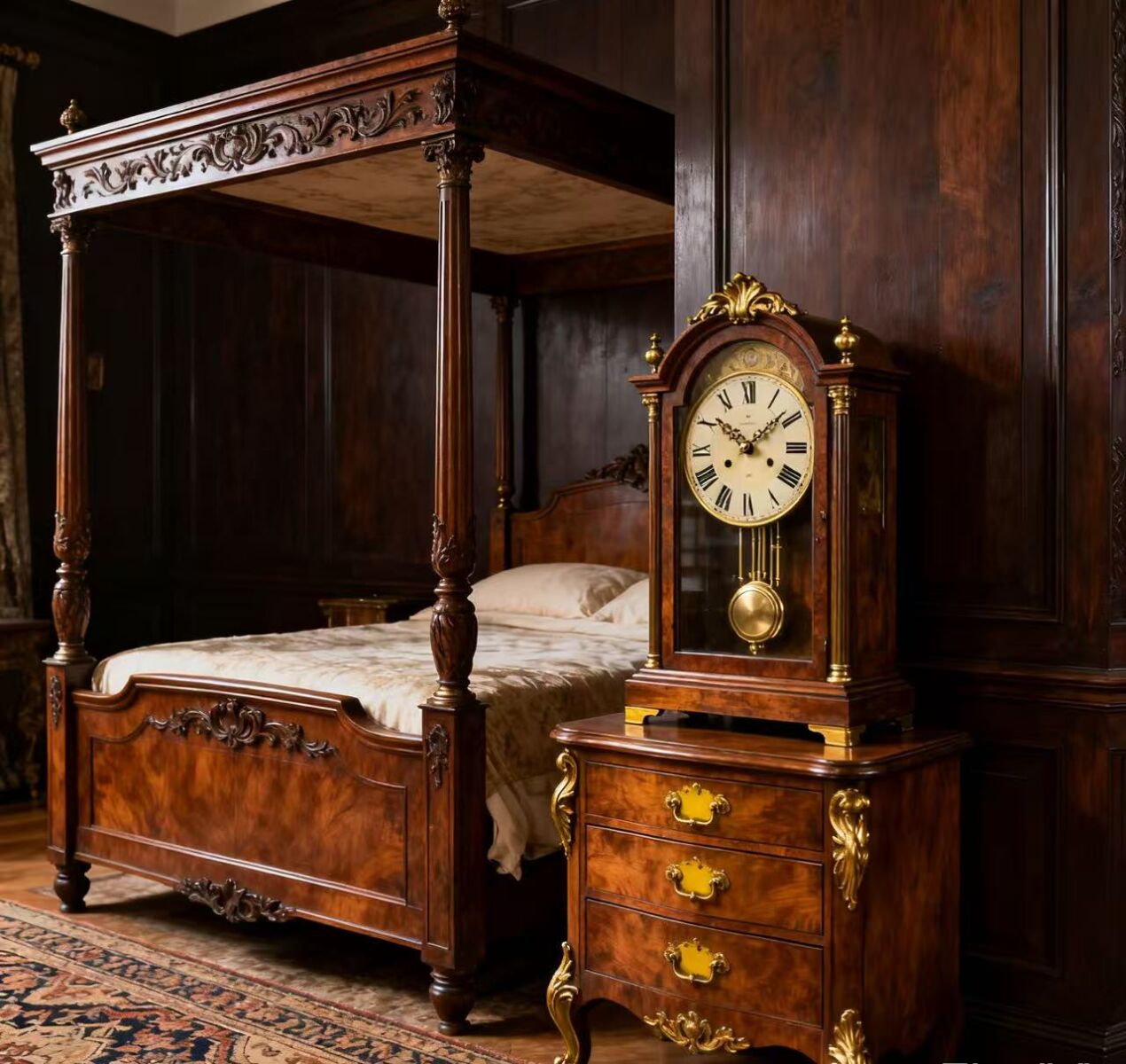
Eastern antiques are like poems, emphasizing the interplay between nature and the human heart; Western antiques, on the other hand, are more like epics, chronicling the trajectory of power, craftsmanship, and human will. While seemingly different, they share a common narrative of humanity’s pursuit of eternity. The value of antiques lies not only in their materials and craftsmanship, but also in how, as relics of civilization, they allow future generations to connect with the warmth of the past.